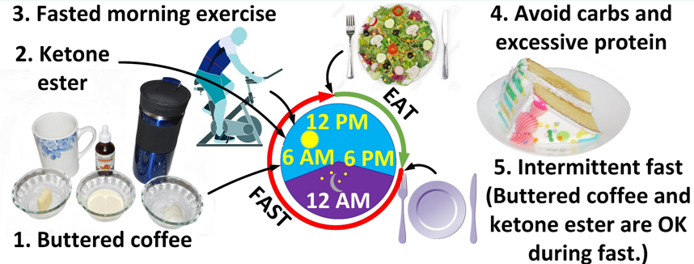Question:
Hi Robert:
I was just wondering if you know anything about the “healing crisis” and Parkinson symptoms  and also about the diagnosis of dystonia?
Keep up the great web site.
Victoria
Response:
About the “Healing Crisis”
I see with great interest that you place the words “healing crisis” in quotes. We may have different interpretations of the meaning for a healing crisis. Here is mine.
When issues come to a head, symptoms flare up and become especially challenging. It is the body’s way of sending us a strong signal that something needs attention. The message is:
If you keep on the way you are going, things are going to get worse. Please pay attention.
What causes the crisis? At the top of the list floats two causes I have witnessed often and that I have seen in myself.
1. Negative thoughts recycle continuously through mind tripping. We are not able to turn the channel off without help.
2. The suppression of feelings which we would prefer to numb and/or ignore.
What symptoms can be expected with a healing crisis? Anything goes here. Think like your body thinks.
How am I going to get her attention here? Do I need to make the existing symptoms dramatically worse so she will notice me? Or, should I manifest new symptoms, pains and discomforts so she will be more likely to notice me?
The body makes a choice and wham. You feel worse. What happens feels quite horrible of course. You are spun into a desperate state. In the end a healing crisis is a very good thing. We are afforded the opportunity to make some changes in our lives and urged to take action now because we feel so lousy. A healing crisis makes it possible to move on to the next level. After a long absence, we finally return home to our own soul.
Second question: Diagnosis of dystonia
I do not diagnose. I am not a medical doctor. I am not qualified to diagnose anything. I am not saying this for legal reasons. It is true. I do not have a clue how a medical doctor might “diagnose” dystonia which happens when the body has too much medicine.
I do not think in terms of diagnosis. The focus that makes a difference to healing is to be attentive to the messages that our bodies send to us.
I do have a strong sense of what the virgin symptoms of Parkinson’s look like, feel like, taste like and smell like for people who are not on any medications. Movements that are associated from being over medicated are markedly different from the virgin symptoms of Parkinson’s.
When a person takes medication, the levels of medication are fluctuating minute by minute. There will be times of the day when a person is over medicated and times when they are under medicated. If you ask you body at any given moment of the day whether it is over or under medicated it will give you the answer. Think of it as a daily unfolding drama which never ends.
The word dystonia itself is a noun – which makes the problem seem static. The term also invites in negative thought forms. The term itself calls in the false belief template that you can not recover. The false belief that Parkinson’s is “degenerative” is given acknowledgment and weight. This thought process constructs a road block that obstructs the healing process.
Focus on the challenge of balancing the over 40 hormones in the body and your body will love you for it.
Robert Rodgers, Ph.D.
Parkinsons Recovery
www.parkinsonsrecovery.com



